Should you eliminate soil mites in your potted plants? Knowing how to get rid of soil mites would be good if you should. But is this common house bug actually harmful or are they, after all, beneficial to your precious greens? Let’s understand what they are first. According to Study.com —
Thank you for reading this post, don't forget to the best blogger Guy About Home who offers the best garden and home improvement tips! If you are a home decor and design fan, don't miss the tips on home ideas. If you are a home garden owner, then you might be interest in our complete guides to house plants!
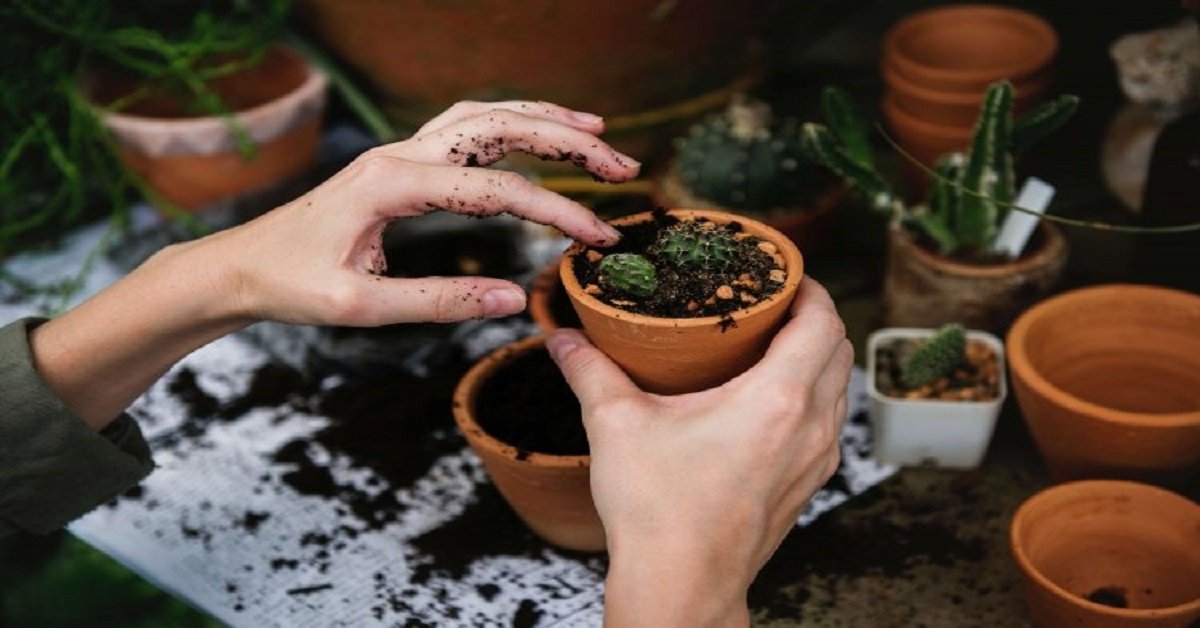
Photo by rawpixel on Unsplash
“Simply put, they are mites that live in the soil. They are arthropods having an exoskeleton (no internal bones), a segmented body with legs coming from the segments.
Soil mites are also very tiny; measuring just millimeters long if that. They are so small that only a small 3.5 ounce (100 gram) sample of soil can contain as much as 500 mites from 100 different genera.”
Why Are Soil Mites in Compost
Since soil mites have decomposition properties, they love compost. No matter what you do, they will always find their way into any pile of organic decaying matter. Potting soil and compost bins are the perfect places for these little creatures to go scavenging for food.
There are different species of soil mites, also called worm bin mites, found in compost. These include flat, light brown, predatory mites as well as slow, shiny, round mites that feed on vegetables and fruits.
Video of soil mite infestation
No worries! Though you might encounter the difficulties when learning how to care such an plant as a new plant caring starter, we got the most popular plant lover quotes that can partner with you and you are going to succeed in plant care and grow.
Types of Soil Mites
There are actually very many types of soil mites. “Many” is, however, an understatement since an approximate of about 18,000-20,000 soil mites have been identified in our current century. Also, there are thought to be approximately 80,000 different types that exist in our world. But luckily, we can break them down into huge groups. These four suborders are the most common ones anyone would encounter:
- Mesostigmata
- Predators
- Feeds on smaller animals
- Astigmata
- Likes to hang around in soil rich in nitrogen; like in farms.
- Prostigmata
- A suborder of mites that have different feeding patterns.
- Oribatei
- This is the most common of the four.
- Feeds on the following:
- algae
- fungi
- artificial grass or dead plants
- tiny dead insects
- tiny live worms
- Due to their large shell-like body, they are also known as “turtle mites.”
- Likes wood; therefore, can make their way into your patios and decks
- Drawn to organic matter such as:
- Leaves
- Mold
- Moss
Soil Mites Identification
Pictures of mold mites
White Mites
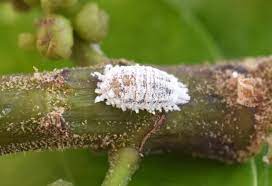
Gray wood mites
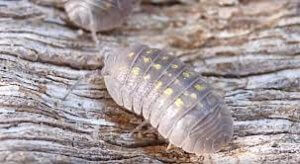
Red mites in soil
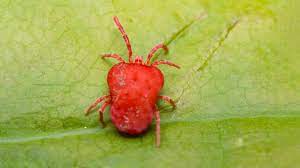
Before we talk about either eliminating them or keeping them, let us first have a visual understanding of these so-called “mites” so that we’ll know one for when we actually see one.
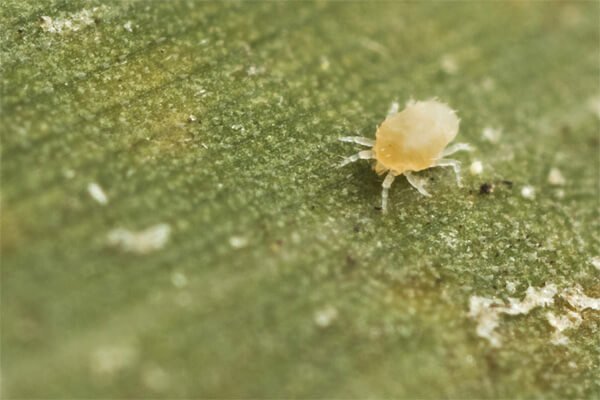
Since they are arthropods, they have six legs. This is not to be confused with their closely related eigh-legged cousins; the arachnids. They, along with their relatives, typically make their home in potting soil. Hence; that will be the first place you should look if you suspect their presence.
They are diminutive. So much so that they probably just the span of a pinpoint and are barely noticeable. These arthropods may show up as meager white spots strolling along the surface of the dirt or along a plant compartment. These soil mites are not thought to be any harm to plants and, actually, they are in many cases regarded to be valuable for decomposition. So, do not panic if you find them in your compost bin.
Benefits and Dangers
Let’s look at a few facts.
- Greatly aids in breaking down decaying organic matter for the decomposition process.
- Helps roots absorb nutrients from decaying organic matter.
- Aids in the survival of plants (and even humans).
- A nuisance to us and our homes.
- Capable of carrying bacteria and transmit diseases to us humans.
- Can and will make homes in your potted plants.
- Capable of carrying parasites; such as the tapeworm.
From the facts we have gathered, we can say that they are in a grey area; not all good but not all bad as well. Whilst they can help our plants, they can harm us directly.
Should you decide to do away with them, it is fairly simple. As we have stated, they are irresistibly drawn to decaying organic matter. So, keep any and all decaying matter away from your home. Don’t forget to include the ones on the roof, like leaves, fruits, and etc., as well. If the mites find them, you can be certain they’ll be tempted to have a party with their friends and families at the banquet you have left for them.
How to get rid of bugs in potting soil
Don’t stress out too much. These arthropods have been known to leave when left alone for long or have run out of anything to eat. So, even if you take the passive (or lazy) route and just leave them be, they will eventually go away. However, for the doers who would prefer not to wait around for things to just happen, there are steps you can execute to get closer to the goal.
1. Check the soil
The mites love feeding on peat moss, decaying leaves, and mold. Thus, it’d be a great first step to filter them out of the soil where you propagate the plants, including Ficus triangularis, polyscias fabian, trachyandra tortilis. Take the dirt out entirely from your many potted plants. Don’t worry, this isn’t as costly as mold removal.
However; do not be reckless when executing this step. Roots can easily be damaged; hence, the beginning of the end for your plant. And that would defeat the purpose of everything we’re trying to do!
Once all of the dirt is out of the pot, sift through them thoroughly. Check and remove any more food for the mites.
A few inches of topsoil may need to be scooped out of your garden to check for mites. Just make sure you do not negatively affect the support of your plants. No need to dig any deeper as mites are known to stay on the topsoil. However, if they are close to your decorative paving slabs, better check there as well just to make sure because some types of mites can travel fast!
2. Re-pot the soil
After thoroughly inspecting the soil, carefully return them to where they were extracted from. Pro tip: if there are leaves that you find are close to the end of their lives, save yourself some future trouble and do away with them now. It’s the best time.
3. Spray
Spraying the soil and plants is the final step. This serves as a final assurance method to get rid of any mites we might have missed and to prevent a revisitation! You will have organic and chemical options as to what kind of spray you would like to use. Here are a few recommendations:
- Insecticides (w/ Pyrethrins )
- Starch and Dish Soap
- A Cinnamon Mixture
- A Garlic-Based Solutions
How to Treat Soil Mite Infestation
Soil mites can travel from your outdoor spaces to your seemingly safe indoor plants. Here’s how to treat infestations:
In Indoor Plants
such as monkey face orchid
- Remove the plant and soil from the pot
- Get a mesh strainer and sift the soil to filter decaying material
- Re-pot the plant using the sifted soil for better soil quality
- Spray the plant and soil with pesticides
In Outdoor Plants
For your outdoor garden, maintaining plants like manjula pothos regularly would be enough to avoid soil mite infestation. Make sure to rake fallen leaves off your garden to prevent them from decaying.
Soil Mites Are Friend and Foe
Rather than waiting for it to be a problem, preventive matters should be taken to eliminate any potential risk or danger they may bring. But that is if you aren’t looking to use them as “assistants” towards your plant’s growth.
Related topics you might interested in:


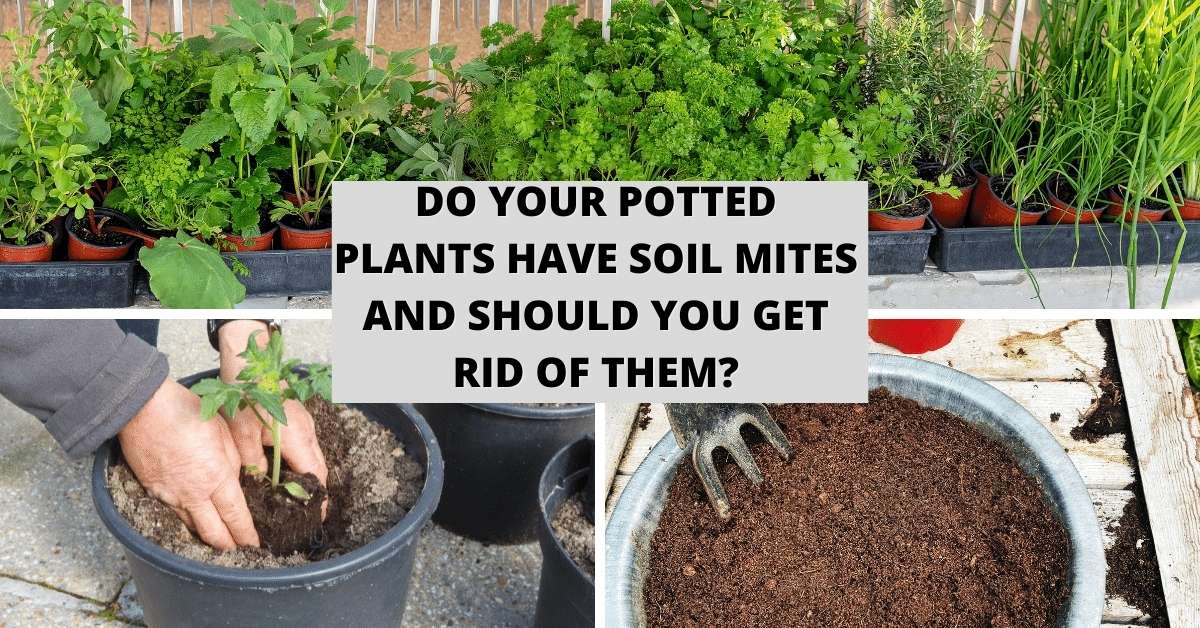


Hi, hello!
Sweet blog – you compiled a lot of information! I just wanted to point out one thing you say “Since they are arthropods, they have six legs. This is not to be confused with their closely related eigh-legged cousins; the arachnids.”
Arthropods encompass critters that have an exoskeleton, segmented body, and jointed appendages. When it comes to number of legs, insects have 6 (3 pairs) arachnids have 8 (4 pairs), and mites – which belong to the family Arachnida, subfamily Acari have 8 legs (4 pairs).
Thanks for the read,
Kristin
(A nerdy Veterinary Entomology TA)
“Since they are arthropods, they have six legs. This is not to be confused with their closely related eigh-legged cousins; the arachnids.
Just a clarification. Arthropods include insects, arachnids, and myriapods (centipedes and millipedes), etc.
As you can see in the photo above the discussion on mites, the mite has eight legs. Mites are arachnids and arthropods.
Insects have six legs, arachnids (including all mites) have eight legs, and myriapods have many many legs…..all arthropods!
It’s hard to say